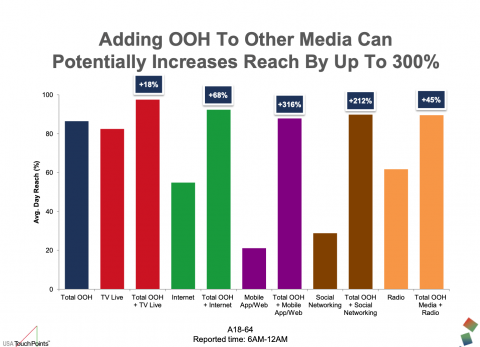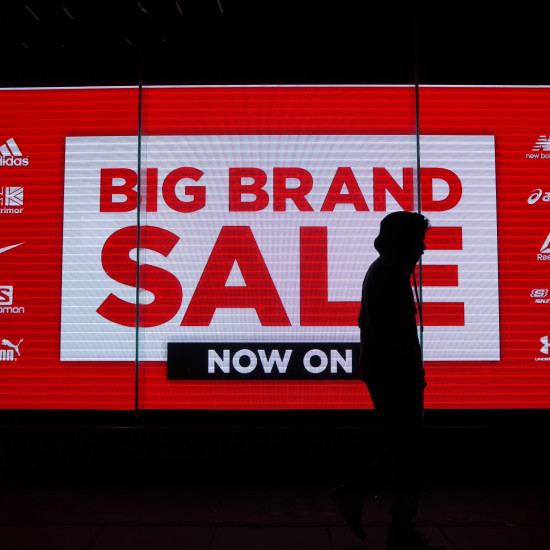
Digital out-of-home (DOOH) advertising is gradually making its way into one of the most influential mediums in the advertising industry today. Its ability to reach consumers in an outdoor environment and offer them interactive and attractive advertising messages brings potential for multiple target groups. In this article, we'll look at those for whom it may be best suited.
- Urban consumers: by its very nature, digital OOH is most effective for the urban consumer. These people are constantly moving around the city, using the urban environment for leisure after work, moving around roads, squares, airports, shopping malls. Digital screens placed in these areas allow them to see advertisements in their natural environment and capture their attention. A high percentage of urban consumers are tech-savvy and are often open to new experiences, which increases the likelihood that they will not only notice and remember digital OOH advertising, but also act on that impulse.
- Millennials: This generation, born between 1981 and 1996, is digitally oriented and actively engaged in both the virtual and real worlds. Digital screens create new opportunities for creative and innovative advertising that appeals to their interests and lifestyles. Interactive elements and personalized content on digital screens can capture the attention of this generation and create an experience they will remember.
- Travellers and tourists: these consumers are located in major cities, airports and tourist areas where digital OOH advertising is placed. It offers useful information about local attractions, accommodation, dining and entertainment. Travellers and tourists are more likely to take notice of these mediums and hence are more likely to act on this information as they are in an unencumbered mood of discovery and are open-minded.
- Local and smaller businesses and brands: smaller businesses are often looking for effective and accessible ways to reach a local target group. Digital screens placed in their neighbourhood provide them with the opportunity to display their products and services, and personalising advertising in a local context increases the chances that local consumers will take notice of this type of advertising.
- Big brands and international brands: which often use the media planning of larger agencies working with professional planning software. This is because they can directly see the effectiveness of media in strategic or tactical plans based on data. They can thus evaluate that, in addition to the classic media mix consisting of media such as TV, radio and digital, the addition of OOH and, in recent years, digital OOH (of course, the planning is done in a sophisticated way, with a quality brief and a lot of parameters) increases the media parameters and the performance of the plan. But adding a suitable OOH channel to the media mix, for example, can potentially increase reach by tens and even hundreds of %. (Source: Movia media, US Touch Points 2020, see chart).

According to Nielsen OOH and their 2022 survey, "OOH is the most effective offline medium to drive online activity, delivering 4x more online activity per paid unit than TV, radio and print." (Source: Nielsen OOH Online Activation)
Summary: Digital OOH has a huge potential to reach multiple target groups. However, when planning it, the target group needs to be analysed and the creative, messaging and media placement needs to be tailored to them. Overall, the popularity of DOOH is increasing due to its high effectiveness. This is mainly due to its flexibility, creative possibilities, interactive content and the ability to offer something new and attractive to the now sophisticated customer.
Photo: Unsplash.com, Jon Cellier
Back to blog